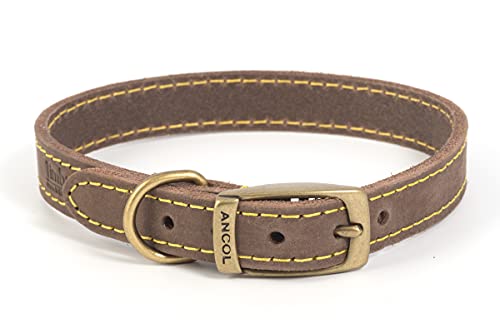Understanding the importance of measuring your dog for a collar
A collar is not just a fashion statement for your furry friend, but also an important tool for their safety and well-being. A properly fitting collar will prevent your dog from escaping or accidentally hurting themselves, while also providing a means of identification. This is why measuring your dog for a collar is essential before purchasing one. Here are some tips on how to measure your dog for a collar.
How to measure your dog’s neck size
Start by measuring your dog’s neck size with a soft measuring tape. Make sure the tape rests comfortably against your dog’s skin, without being too tight or loose. Record the measurement in inches or centimeters, depending on the sizing system of the collar you plan to purchase.
Consider the type and width of the collar
The type and width of collar you choose will also impact how you measure your dog. For example, a buckle collar will fit differently from a martingale collar or a harness. A wider collar may require a slightly looser measurement, while a narrower collar may require a tighter measurement. Be sure to read the manufacturer’s instructions and sizing charts carefully before making your purchase.
Factor in your dog’s breed and growth
Keep in mind that different dog breeds may require different collar sizes, as some may have broader necks or thicker fur than others. Additionally, puppies and young dogs may outgrow their collars quickly, so it’s important to re-measure and refit as they grow. It’s recommended to recheck your dog’s collar fit every 1-2 months, or whenever you notice it becoming too loose or tight.
Get a professional fitting
If you’re unsure about measuring your dog for a collar or want to ensure the best possible fit, consider taking your dog to a professional for a fitting. Many pet stores and groomers offer this service, which involves measuring your dog’s neck and trying on various collars to find the best option for their size and comfort. This can also be a good opportunity to assess your dog’s behavior and any potential behavior issues that may impact their collar use.






